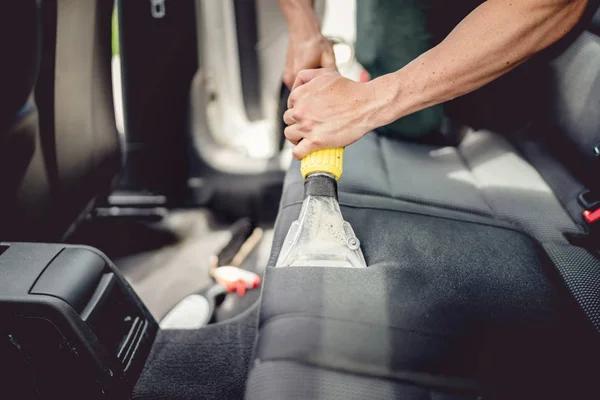Long-distance towing is a service that involves transporting a vehicle over a considerable distance. This could range from moving your car across the state to shipping it overseas. It’s an essential service for individuals who are relocating, buying or selling vehicles remotely, or those with broken down cars in need of repair at distant locations. Understanding long-distance towing is crucial for anyone who may require this service now or in the future.
Primarily, there are two types of long-distance towing; flatbed towing and dolly towing. Flatbed towing involves securing the vehicle on a flat platform behind the tow truck, ensuring no part of the car touches the ground during transportation. It’s considered safer as it minimizes wear and tear on your vehicle but can be more expensive due to higher fuel consumption and maintenance costs for these specialized trucks.
Dolly towing, on the other hand, lifts only two wheels off the ground while leaving others rolling freely during transportation. It’s cheaper than flatbed but may not be suitable for all vehicles especially four-wheel drives and luxury cars which risk serious damage if towed this way.
Before choosing any How Flatbed Towing Companies Handle Long-Distance Vehicle Transport? company, you should consider their reputation and reliability by checking customer reviews online or asking around from friends and family members who have used such services before. Ensure they’re licensed and insured against potential damages during transit to avoid financial liability.
Pricing is another critical aspect of understanding long-distance towing services. Different companies have different pricing structures based on factors like distance covered, type of vehicle being towed (size/weight), type of tow truck used (flatbed/dolly), among other things so it’s important to get quotes from several providers before making your decision.
Also worth noting is that preparing your vehicle properly for long-distance transport can help prevent any issues along the way. This includes removing all personal belongings from inside your car since they aren’t usually covered by insurance policies in case of loss or damage; checking fluid levels and tire pressure to ensure your vehicle is in good condition before transit; securing or removing any loose parts like antennas, spoilers etc. to prevent them from getting damaged during transportation.
Lastly, make sure you’re present at both pick-up and drop-off points. This will allow you to inspect your vehicle for any potential damages that may have occurred during transit. If there are any issues, report them immediately to the towing company so they can address it promptly.
In summary, understanding long-distance towing involves knowing what type of service best suits your needs (flatbed or dolly), how to choose a reputable provider, how pricing works in this industry and how to prepare your vehicle for safe transport. It also involves being proactive about checking for damages upon delivery and reporting any issues right away. With this knowledge at hand, you can confidently navigate the world of long-distance towing when the need arises.




